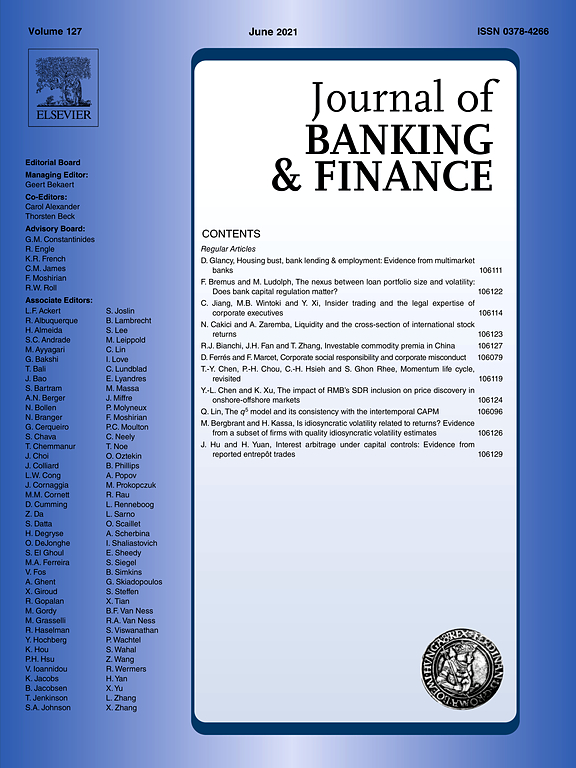
Extreme Dependence with Asymmetric Thresholds: Evidence for the European Monetary Union
Existing papers on extreme dependence use symmetrical thresholds to define simultaneous stock market booms or crashes such as the joint occurrence of the upper or lower one percent return quantile in both stock markets. We show that the probability of the joint occurrence of extreme stock returns may be higher for asymmetric thresholds than for symmetric thresholds. We propose a non-parametric measure of extreme dependence which allows capturing extreme events for different thresholds and can be used to compute different types of extreme dependence. We find that extreme dependence among the stock markets of ten initial EMU member countries, the United Kingdom, and the United States is largely asymmetrical in the pre-EMU period (1989–1998) and largely symmetrical in the EMU period (1999–2010). Our findings suggest that ignoring the possibility of asymmetric extreme dependence may lead to an underestimation of the probability of co-booms and co-crashes.




